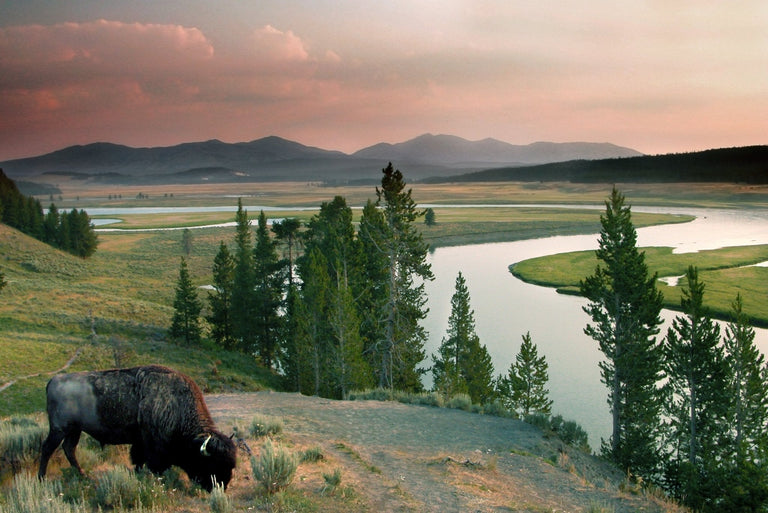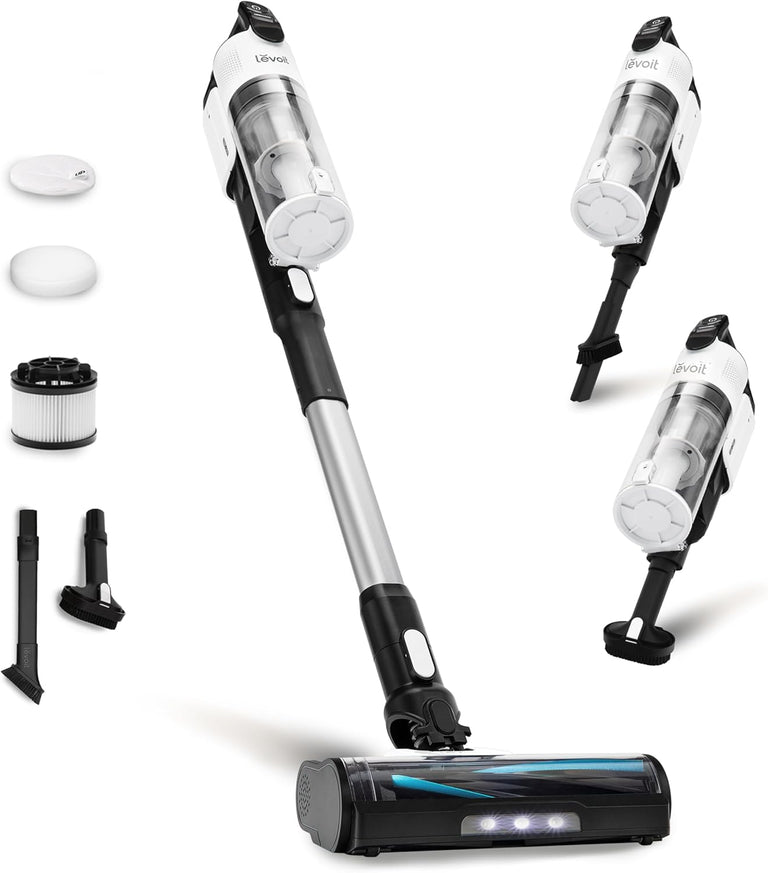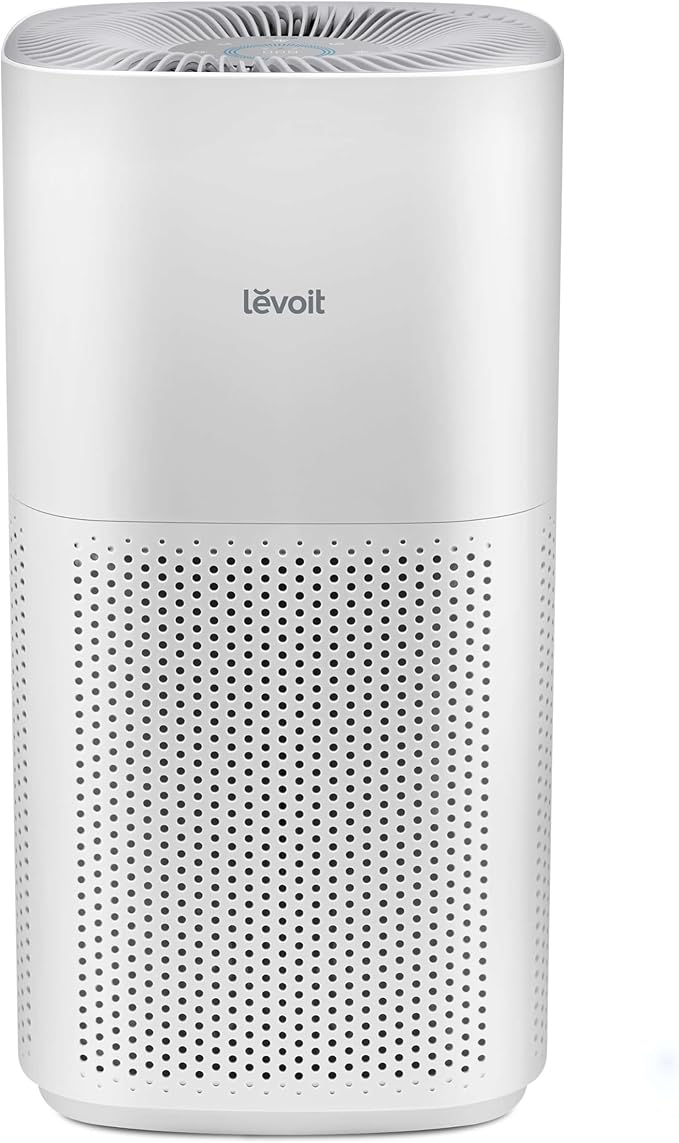
Air, Animals, and Plants: How Air Quality Affects Life Around Us
-
1 min read
TL;DR: Air pollution affects more than just humans—it impacts animals, plants, and entire ecosystems. During Air Quality Awareness Week 2025 , the EPA highlights how air quality influences life around us. From wildland fire smoke to everyday pollutants, poor air can harm wildlife, stunt plant growth, and disrupt food chains. By staying air aware, using air purifiers, reducing emissions, and supporting healthy environmental practices, we can help protect our planet's living systems.
Air Quality Awareness Week 2025 is here, running from May 5–9. This year's theme, "Stay Air Aware," emphasizes the importance of understanding how air quality affects not just human health, but also the well-being of animals and plants.
The Ripple Effects of Air Pollution
Air pollution doesn't just linger in the atmosphere—it settles into the soil, seeps into water sources, and permeates ecosystems. These pollutants can have profound effects on wildlife and plant life, disrupting natural processes and threatening biodiversity.
Impacts on Wildlife
Respiratory Issues : Animals, like humans, can suffer from respiratory problems due to poor air quality.
Habitat Degradation : Pollutants can alter habitats, making them less hospitable for native species.
Food Chain Disruption : Contaminants can accumulate in the food chain, affecting predators and prey alike.
Effects on Plant Life
- Growth Inhibition : Polluted air can stunt plant growth and reduce agricultural yields.
- Disease Susceptibility : Plants exposed to pollutants are more vulnerable to diseases and pests.
- Ecosystem Imbalance : Changes in plant health can ripple through ecosystems, affecting all dependent species.
Wildland Fires: A Growing Concern
Wildland fires are becoming more frequent and intense, contributing significantly to air pollution. The smoke from these fires contains a complex mix of harmful pollutants that can travel vast distances, affecting air quality far from the fire's origin.
Protecting Ecosystems from Smoke
Monitoring Air Quality : Stay informed about air quality levels, especially during fire season.
Supporting Reforestation : Planting trees can help restore ecosystems damaged by fires.
Advocating for Fire Management : Support policies and practices that reduce the risk of uncontrolled wildfires.
How You Can Make a Difference
Use Air Purifiers : High-efficiency air purifiers can reduce indoor pollutants, protecting both human health and indoor plants.
Reduce Emissions : Limit activities that contribute to air pollution, such as unnecessary driving or burning yard waste.
Educate Others : Share information about the importance of air quality and its impact on all forms of life.
By staying informed and taking proactive steps, we can all contribute to cleaner air and healthier ecosystems. Let's use Air Quality Awareness Week as an opportunity to reflect on our impact and commit to positive change.
Sources:
Featured Products
-
Sold Out
- Smart
- Large rooms
-
- Smart
- Medium rooms












